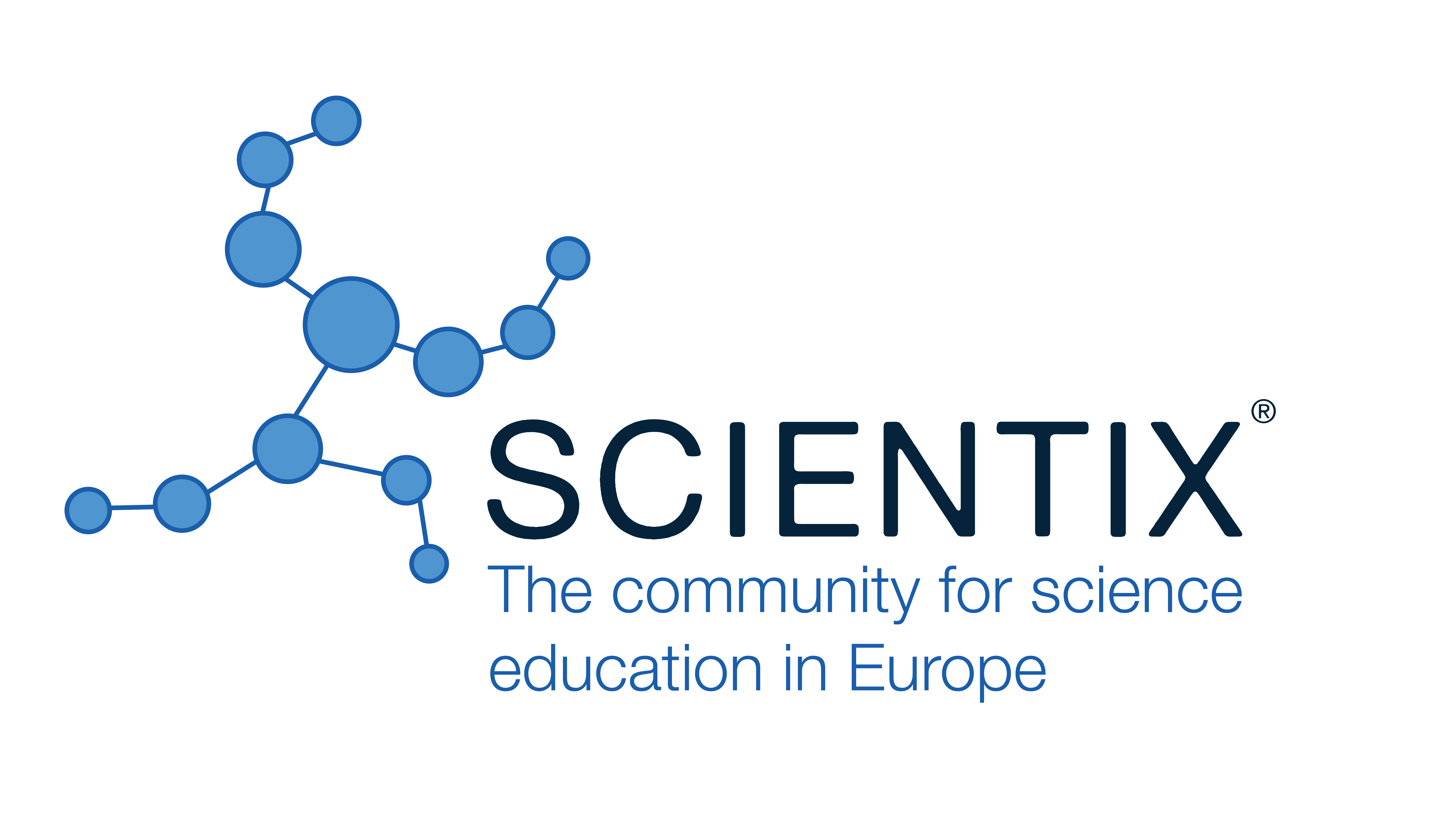My Butterfly Candle A STEAM Lesson You Do not Want to Miss
Gabriela-Alexandra Banica, GB’s English, Arts and Fun (Romania)
Abstract
The paper is set to present the advantages of using STEAM in the context of learning English as a second language for primary school children. A STEAM activity combines two or more subjects of study from the area of Science, Technology, Engineering, Art and Design, and Maths. Such an
approach strives ‘to prompt, curiosity, interest and wonder through exploration, discovery and hands-on learning’ making ‘STEAM and language learning fit nicely together’ 1. This aspect is highly desired when teaching English as a second language as children often do not grasp writing and reading fully in their mother tongue. The lesson about the life cycle of a butterfly will be done under the form of a candle workshop. Prior to the activity the children are encouraged to recycle old candles
and wax crayons that will be broken into pieces and placed in the butterfly silicone shapes by them during class. The concept of upcycle will be introduced along with information about the two states of the matter: solid and liquid and a discussion about wax as material. The filled shapes are introduced into the microwave and while they are in there the life cycle of the butterfly will be presented and the pupils will be encouraged to make their own hand drawn poster of the stages in the life of a butterfly. Not only matter can transform from solid to liquid, but so does the butterfly from egg to caterpillar, chrysalis up to adult butterfly. Leaving the classroom with a candle in the shape of a butterfly and a poster presenting the life cycle of a butterfly represents a great opportunity for the children to grasp
knowledge and the English language at the same time.
Keywords: life cycle, candle workshop, recycle, upcycle, STEAM, ESL
REFERENCES
[1] Hillyard, S. Experiences A Pocket Guide to STEAM-A Practical Introduction to STEAM In Your Classroom, Pearson, pp.3
 The Future of Education
The Future of Education





























